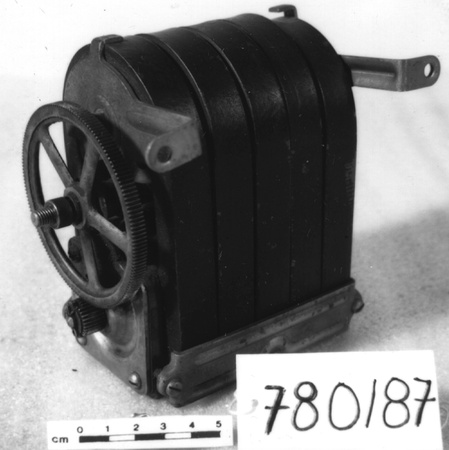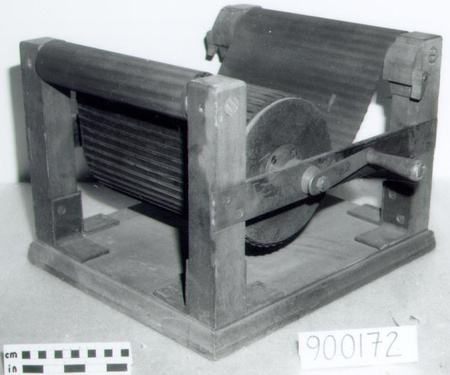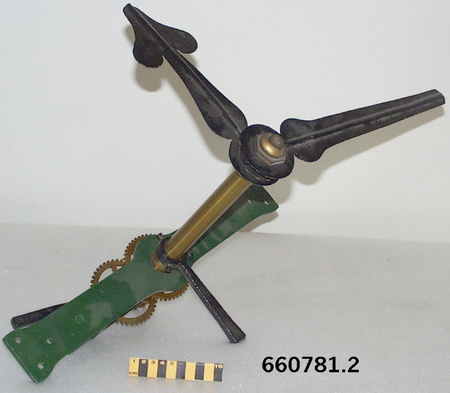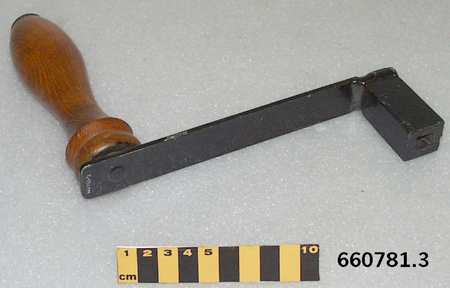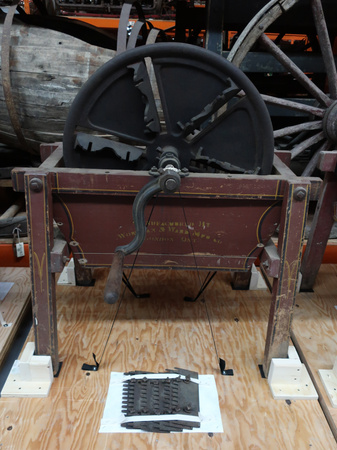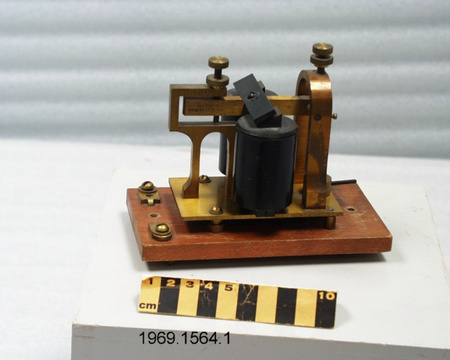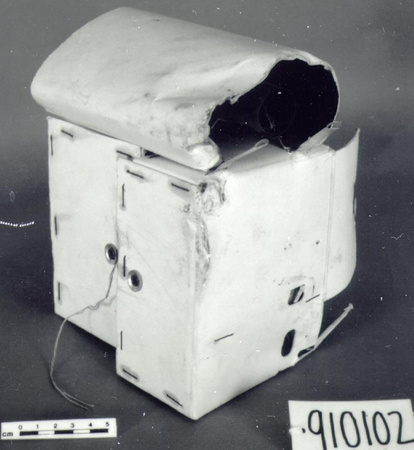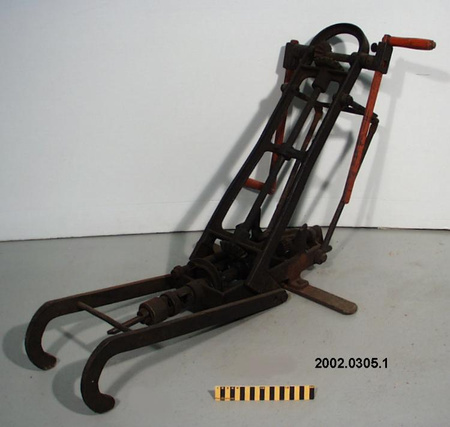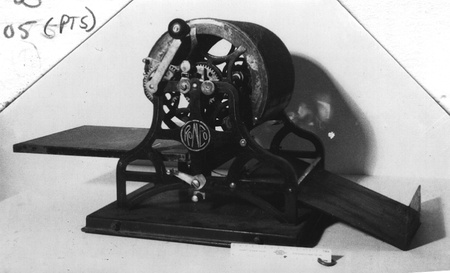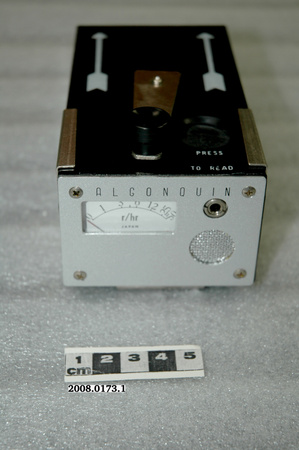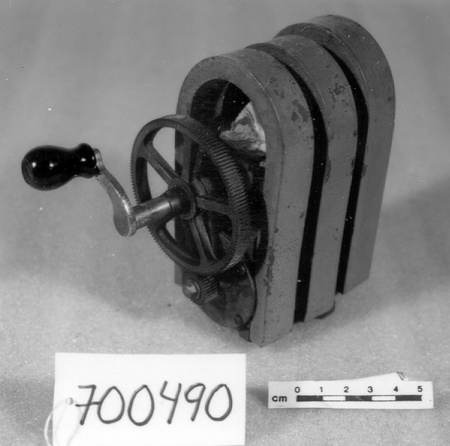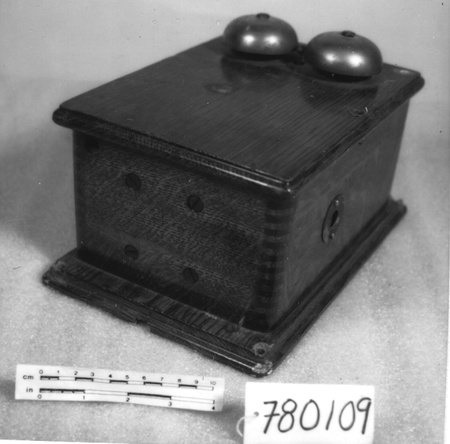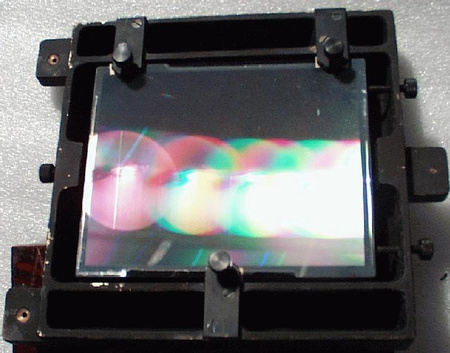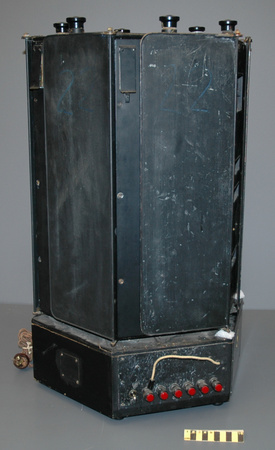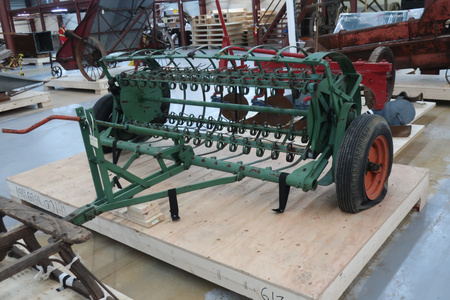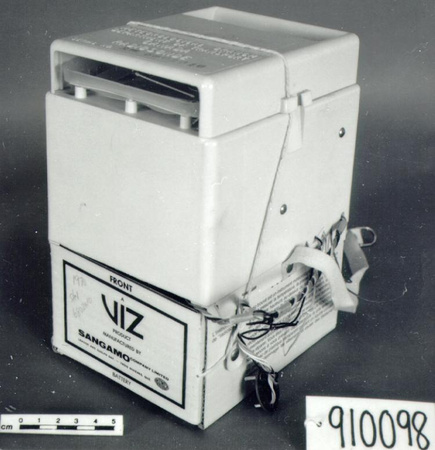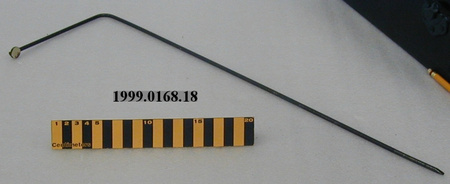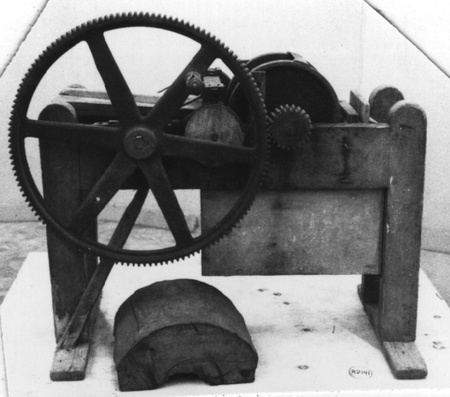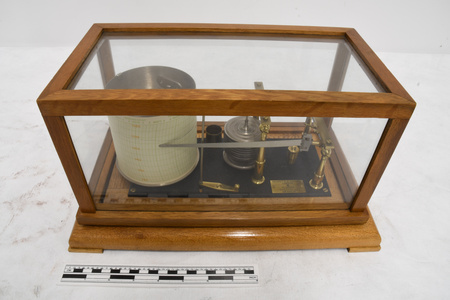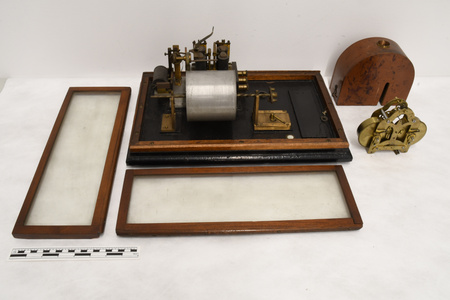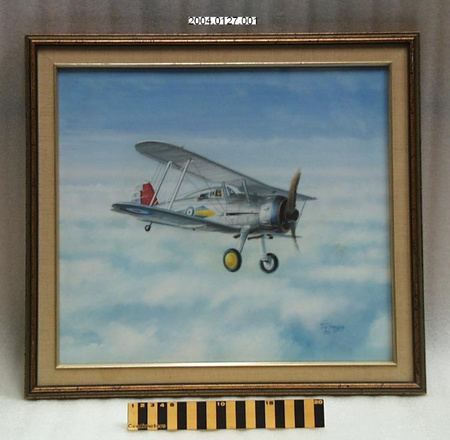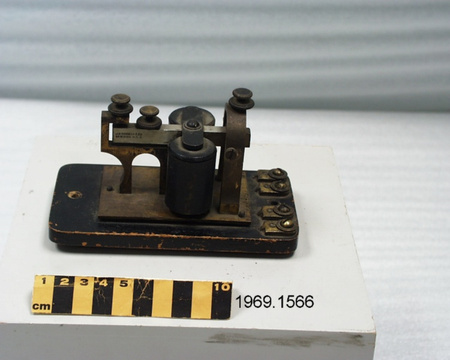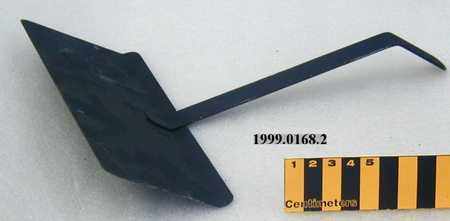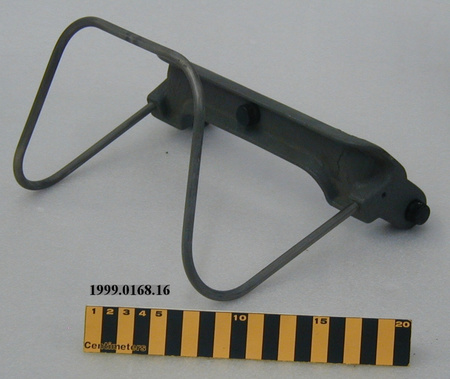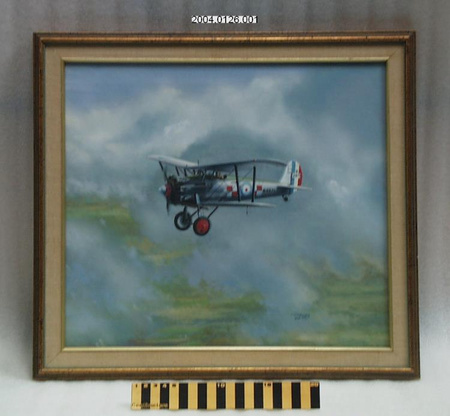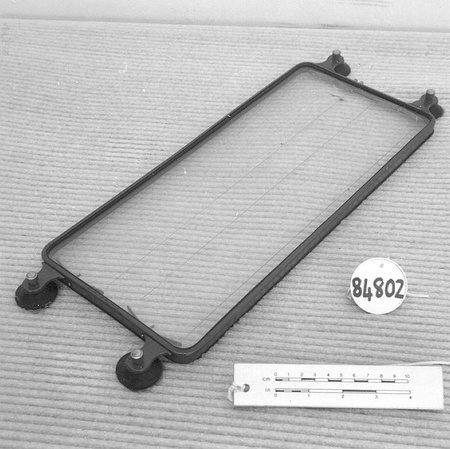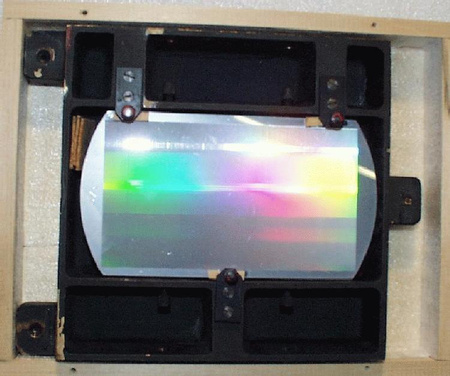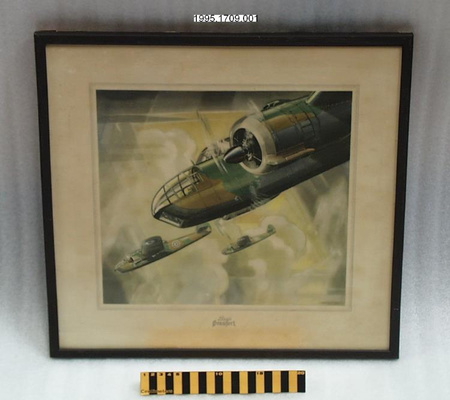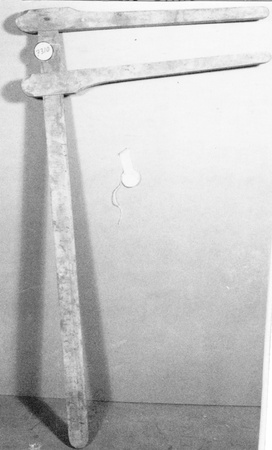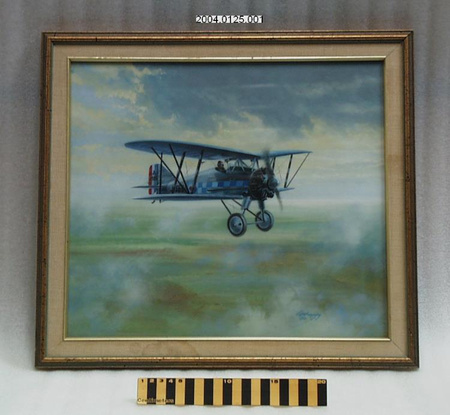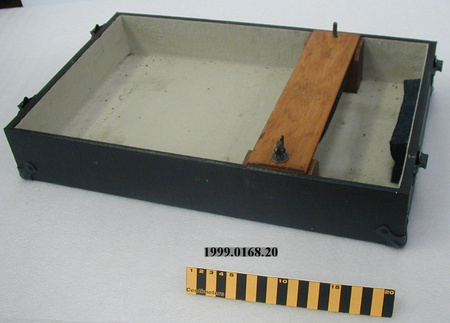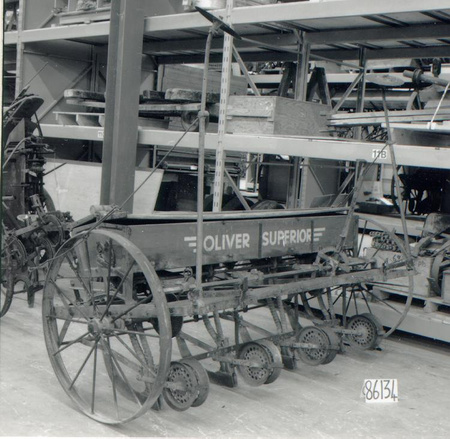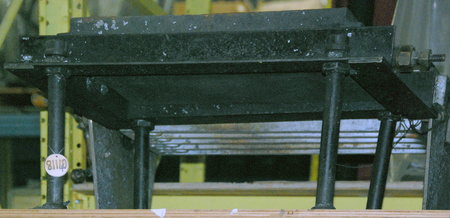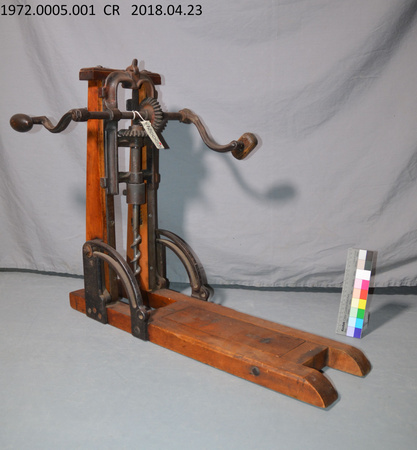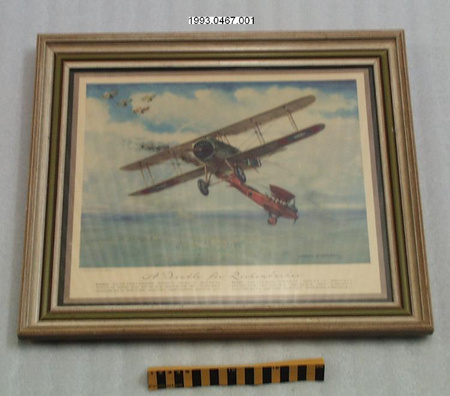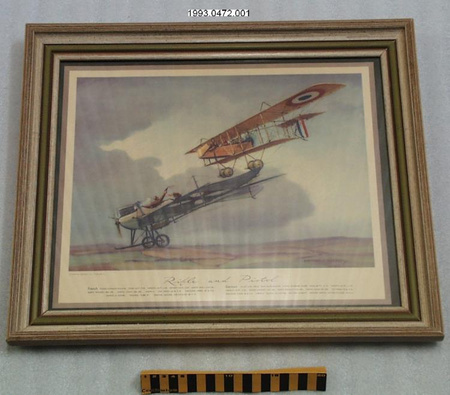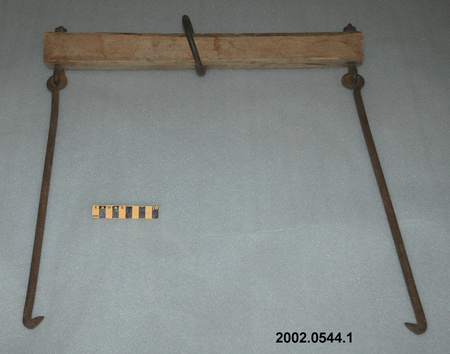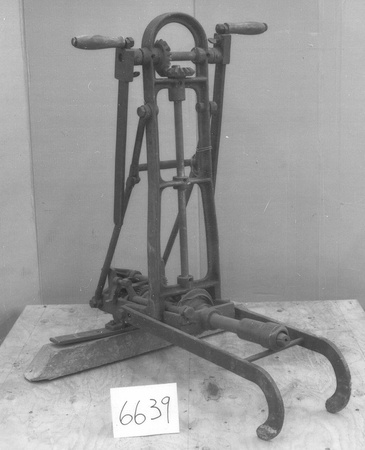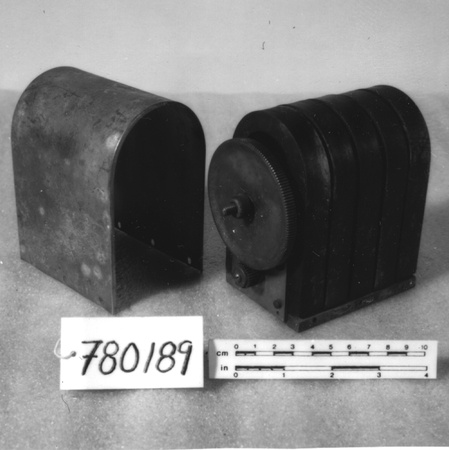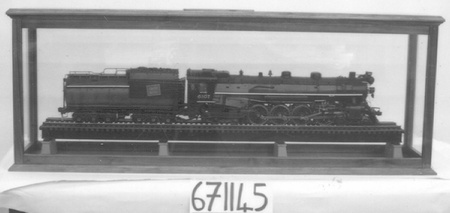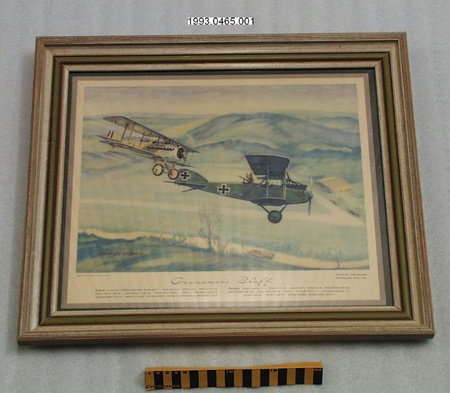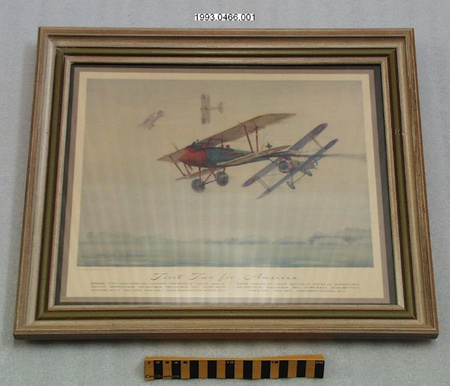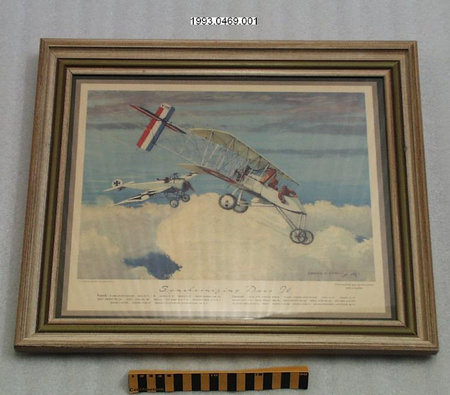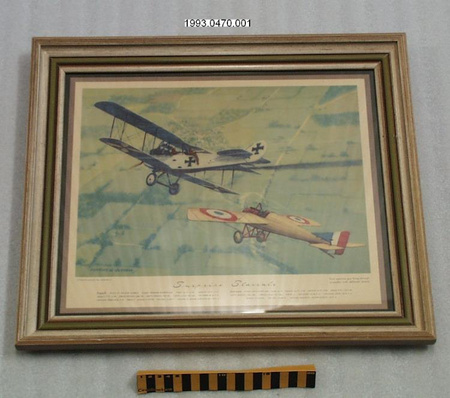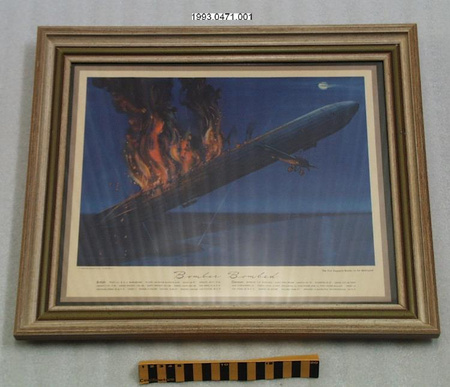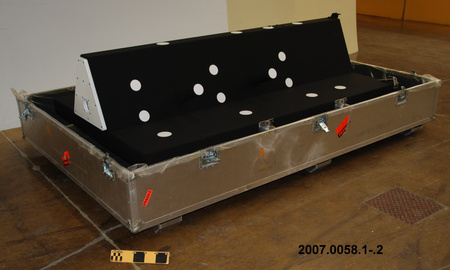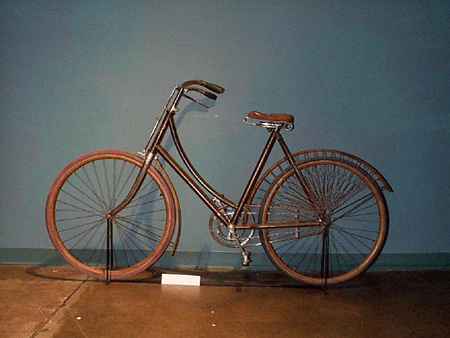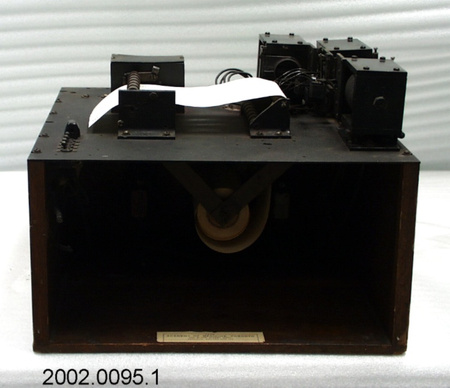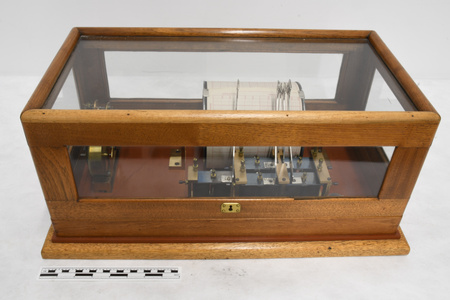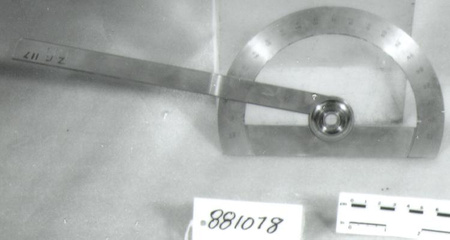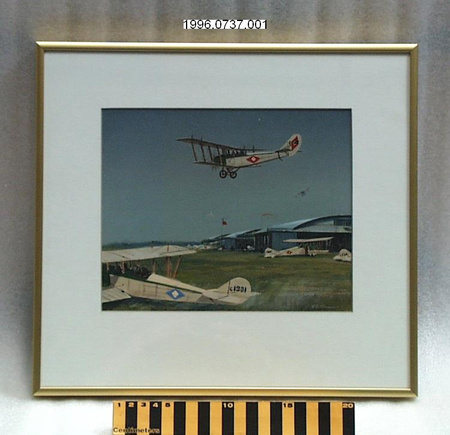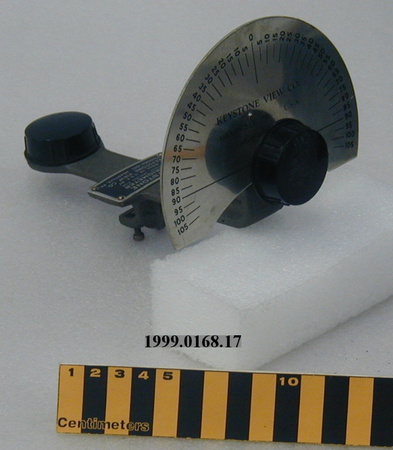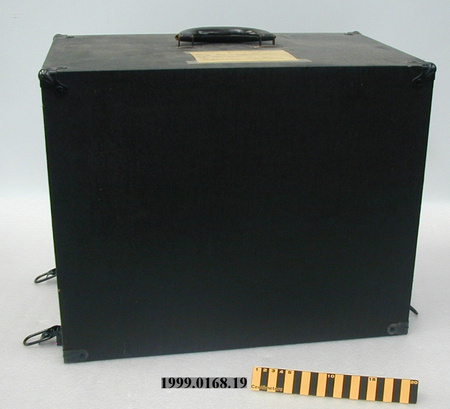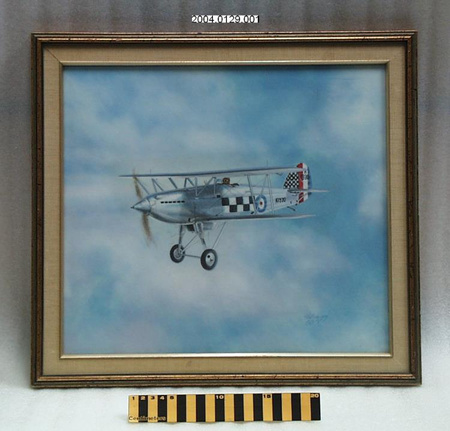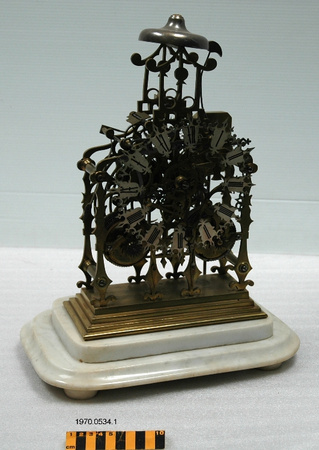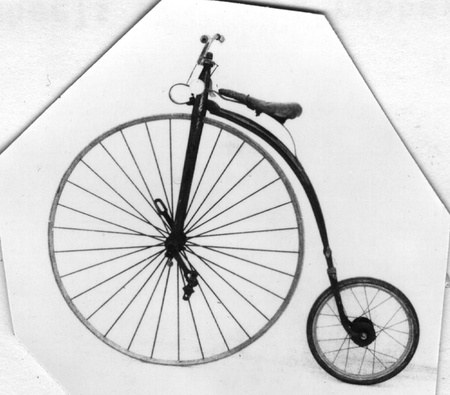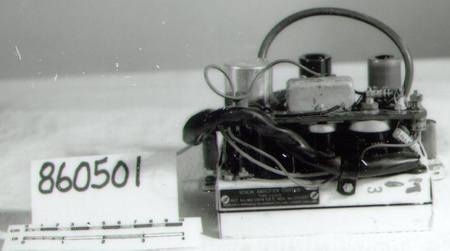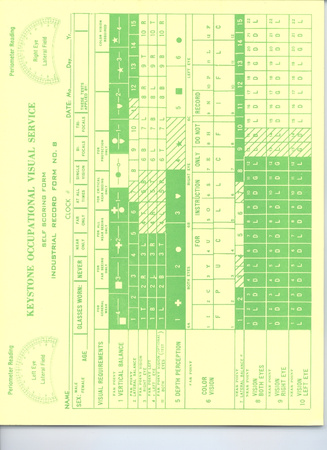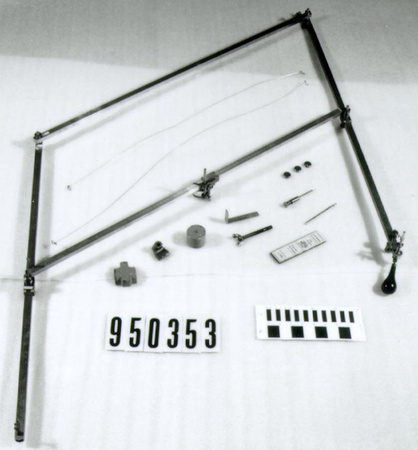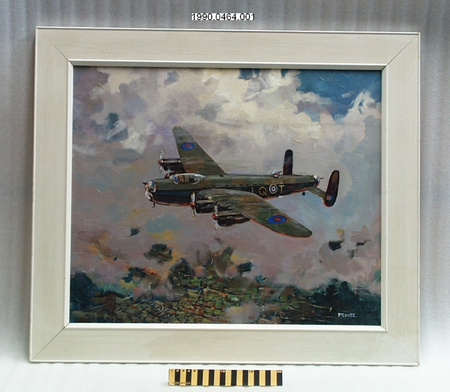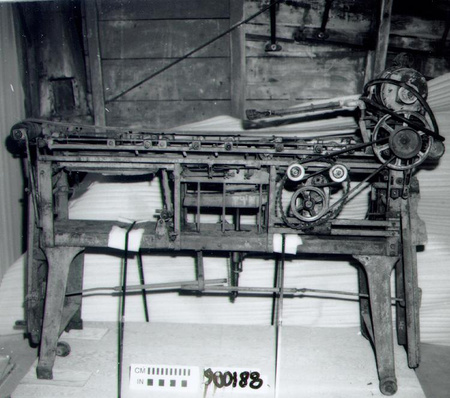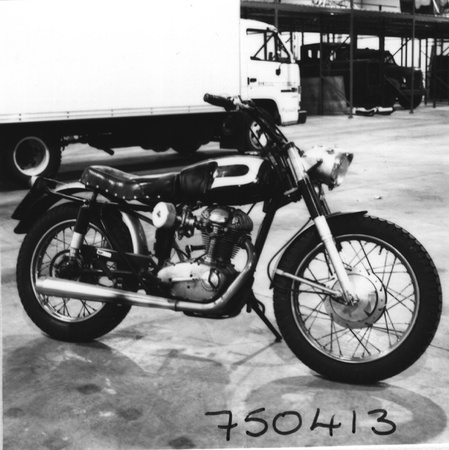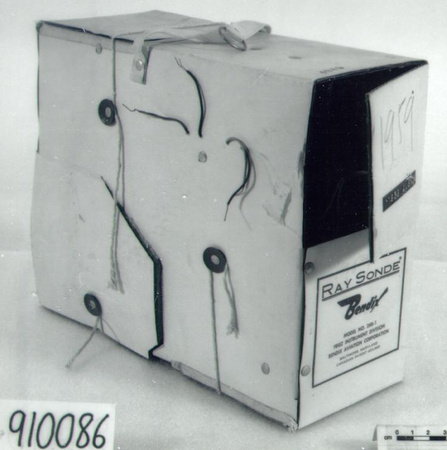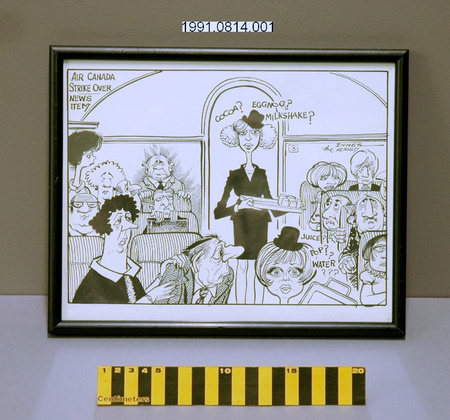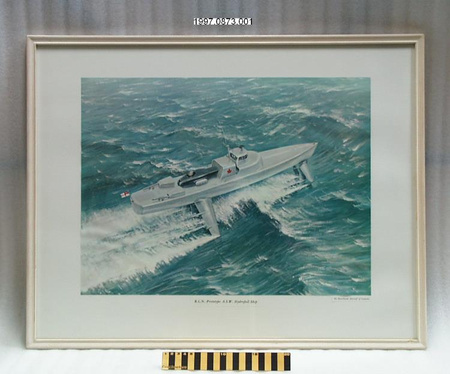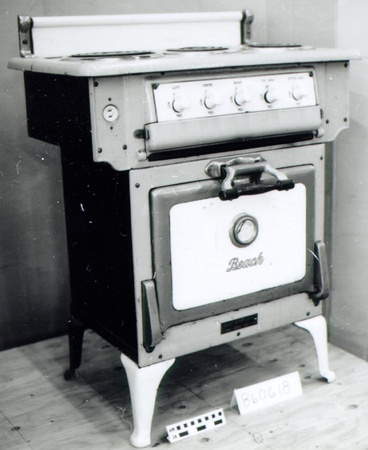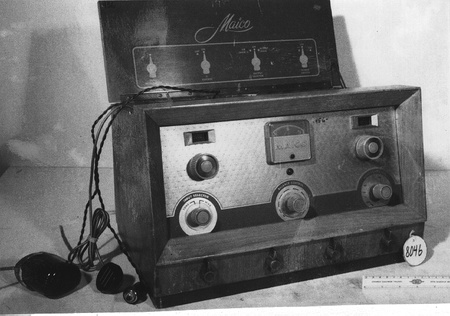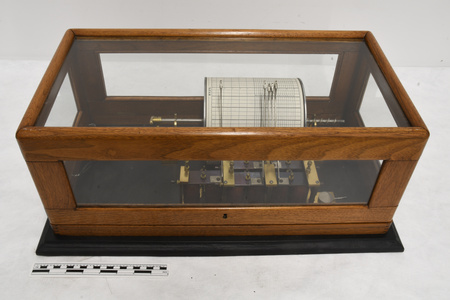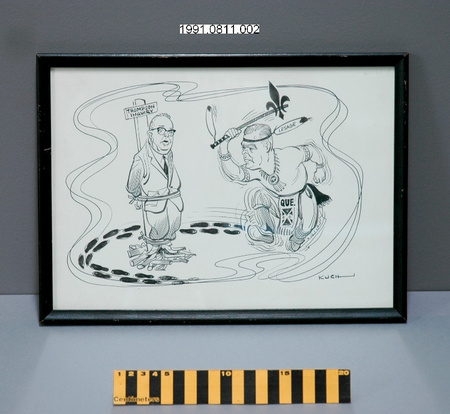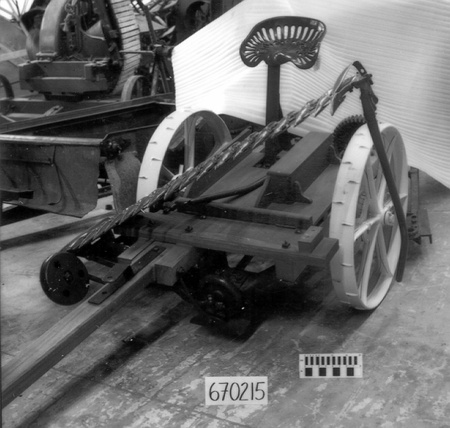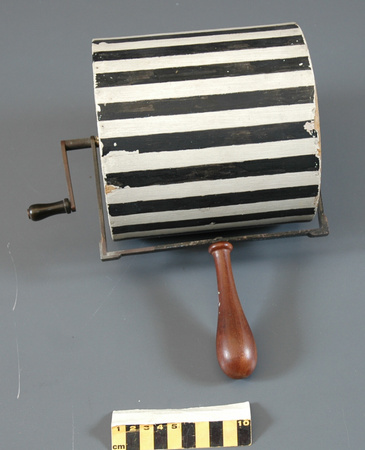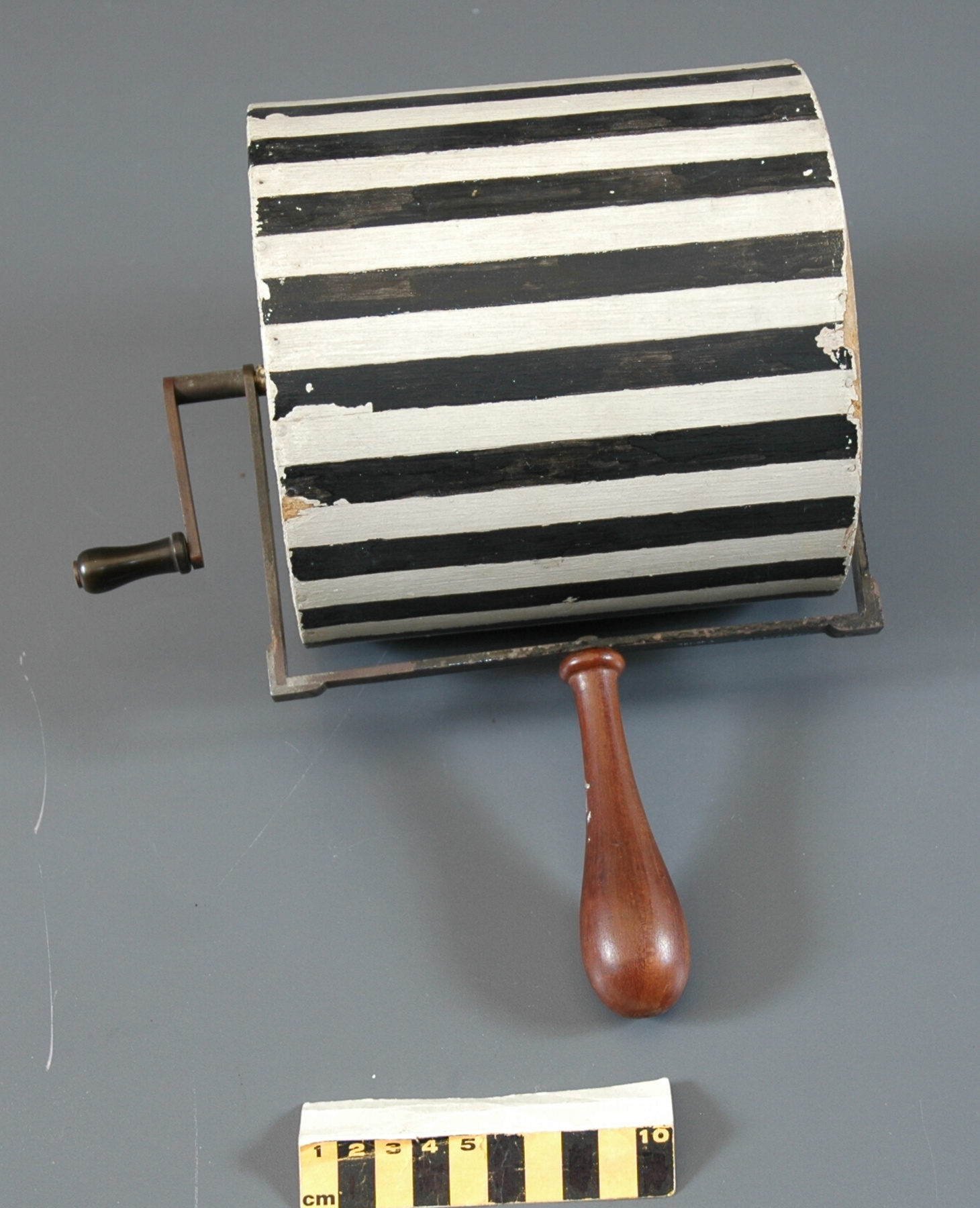Tester, vision
Use this image
Can I reuse this image without permission? Yes
Object images on the Ingenium Collection’s portal have the following Creative Commons license:
Copyright Ingenium / CC BY-NC-ND (Attribution-NonCommercial 4.0 International (CC BY-NC 4.0)
ATTRIBUTE THIS IMAGE
Ingenium,
2002.0541.001
Permalink:
Ingenium is releasing this image under the Creative Commons licensing framework, and encourages downloading and reuse for non-commercial purposes. Please acknowledge Ingenium and cite the artifact number.
DOWNLOAD IMAGEPURCHASE THIS IMAGE
This image is free for non-commercial use.
For commercial use, please consult our Reproduction Fees and contact us to purchase the image.
- OBJECT TYPE
- OPTHALMIC/MANUAL/HAND CRANK
- DATE
- 1930–1970
- ARTIFACT NUMBER
- 2002.0541.001
- MANUFACTURER
- Unknown
- MODEL
- Unknown
- LOCATION
- Unknown
More Information
General Information
- Serial #
- N/A
- Part Number
- 1
- Total Parts
- 1
- AKA
- opticokinetic drum
- Patents
- N/A
- General Description
- pressed cardboard, painted; metal; wood
Dimensions
Note: These reflect the general size for storage and are not necessarily representative of the object's true dimensions.
- Length
- 29.5 cm
- Width
- 16.5 cm
- Height
- N/A
- Thickness
- N/A
- Weight
- N/A
- Diameter
- N/A
- Volume
- N/A
Lexicon
- Group
- Medical Technology
- Category
- Instruments
- Sub-Category
- N/A
Manufacturer
- AKA
- Unknown
- Country
- Unknown
- State/Province
- Unknown
- City
- Unknown
Context
- Country
- Netherlands
- State/Province
- Unknown
- Period
- Possibly used c. 1930- 1970 by donor's aunt, Dr. .Maria Van Dijk (Katan)
- Canada
-
Unknown - Function
-
Used to test visual acuity in infants. - Technical
-
Eyes tend to follow or track the motion of one element at a time in a steadily moving display. As the tracked element moves out of sight, the eyes will "snap back" to fixate and follow another one. This subcortically-mediated function is termed optokinetic nystagmus (OKN) and is present at about five days after birth. This response, thought to be controlled by the tectopulvinar system, can be used as an objective measure of an infant's ability to see detail in a moving stimulus, such as a bar grating. The absence of an OKN suggests that the infant doesn't perceive the bars in the grating as separate elements. By varying the characteristics of the display such as its contrast or fineness of a grating, the researcher can measure an infant's spatial vision (e.g. acuity or contrast sensitivity). (Ref. 4) - Area Notes
-
Unknown
Details
- Markings
- None, save UHN catalogue number "981.31.3" printed by hand in white ink on metal frame
- Missing
- Paint is chipped, with some areas of loss on drum edges.
- Finish
- Pressed cardboard drum bears painted black and white stripes; mounted on metal frame; both metal hand crank and frame fitted with turned wood handles.
- Decoration
- N/A
CITE THIS OBJECT
If you choose to share our information about this collection object, please cite:
Unknown Manufacturer, Tester, vision, circa 1930–1970, Artifact no. 2002.0541, Ingenium – Canada’s Museums of Science and Innovation, http://collection.ingenium.ca/en/id/2002.0541.001/
FEEDBACK
Submit a question or comment about this artifact.
More Like This
